Parks comprise more than 14% of Los Angeles’s landscape and the city is home to hundreds of these cherished public spaces. From the largest park within any American city (Topanga State Park) to the smallest pocket parks and parklets, I hope to showcase them one park at a time, in the series Southland Parks.
*****
*****
Ascot Hills Park is a fairly new, fairly large park in the Eastside neighborhood of El Sereno. Although its development as a park was first proposed in 1930, it took 81 years for it to actually become one. It thankfully took far less time to establish itself as a gem of a Los Angeles park which I first discovered in 2012 when I was taking care of a dog named Dooley. I was again housesitting when I decided to further explore with her.
Ascot Hills Park is located within El Sereno and neighbored by Hillside Village to the south, Lincoln Heights to the west, Rose Hill to the northwest, and the rest of El Sereno to the north and east.
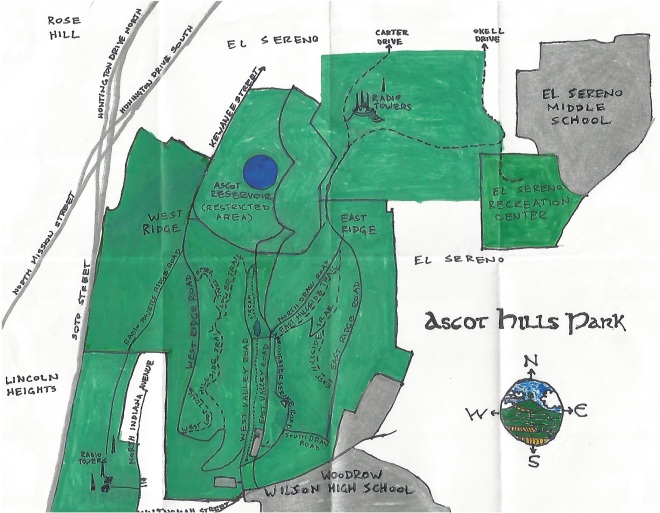
- Pendersleigh & Sons Cartography's oil paint and ink map of Ascot Hills Park
Ascot Hills Park is unstaffed and open from dawn to dusk. Should you find yourself (or more likely, your car) locked within, there is a phone number posted near the entrance to the parking lot at the park’s southern end which you can call. It's fairly undeveloped, although there are signs everywhere of recent improvements throughout, especially near the southern end where the parking lot, restrooms, outdoor classroom are all located.
At the northern end of the park, it's not always obvious where the park begins and ends. There are fences around the reservoir but some of the entrances look less like entry points than barriers. Where Lynfield Street meets Kewanee Street, the latter street is gated and padlocked. Behind it I saw some homes and no warnings to trespassers so I went around the gate.
Although it more resembles the exit of a minimum security prison, the photo above is seemingly of proper entrance into the park. On top of the ridge, there's a sign which confims to the visitor that they are in the park.
The first time that I came to Ascot Hills Park I trudged up the western face only to discover it surrounded by a rusty fence topped with barbed wire. However, I was was relieved that there are many gaps in the fence which allow passage. I'm not sure who cut them, but they're found throughout the park's perimeter.
Before the opening of Ascot Hills Park, most of the larger open spaces in the Eastside were cemeteries: Evergreen Cemetery in Boyle Heights, Calvary Cemetery in East Los Angeles, and several smaller ones. There were nice neighborhood parks like City Terrace Park, Hazard Park, Hollenbeck Park, Lincoln Park, and Rose Hill Park. There were other undeveloped open spaces like Elephant Hill and Mount Olympus II (aka Flat Top Hill) but aside from Ernest E. Debs Regional Park in Montecito Heights, there were no big, official, parks. The opening of Ascot Hills was, to use a vastly overused term, a "game changer."
*****
The first humans to arrive in the Los Angeles Basin came at least 13,000 years ago and were likely the ancestors of the Chumash. Around 3,500 years ago the ancestors of the Tongva (or Kizh) arrived from the Sonoran Desert to the east and in the vicinity of the modern park established the village of Otsungna. In the 18th century, they were subjugated by the Spanish, who in addition to introducing Catholicism, slavery and disease, also introduced the now prevalent wild mustard.
There are several theories as to why and how exactly the plant was brought from the Mediterranean to Southern California but sharing a climate, it proliferated and was grazed upon by livestock and Spaniard alike.
The Repetto Hills, which include Ascot Hills Park, are located around the northeastern corner of the Spanish pueblo of Los Angeles’s original area of four square leagues. Mexico gained independence from Spain in 1821 and controlled the land until 1848, when the US defeated them in war. Two years later the city of Los Angeles was incorporated. A small section of what’s now Ascot Hills was located within the city's original boundaries but most was annexed in 1915, part of the Bairdstown Addition.
The Ascot Hills got their name from the New Ascot Speedway, a midget car racetrack which opened at the southern edge of the hills in 1924. Between then and 1936, 24 race car drivers lost their lives on the track. After it closed the grandstand was burned down and the property was soon after developed as Hillside Village.
The LADWP acquired property in the hills in the 1920s. An earthen dam was used to created a reservoir and the caretaker’s house was constructed off Bowman Boulevard. A large area surrounding the reservoir was used by the utility for training. In 1964, when a portion of the property was granted to the Los Angeles Unified School District who upon it constructed the Paul Williams-designed Woodrow Wilson High School. The original reservoir was taken off-line in 1987 and was replaced with a new storage tank in 1990.
In 1930, at the behest of the Los Angeles Chamber of Commerce, an ambitious, visionary plan was drawn up by the Olmsted Brothers and Harland Bartholomew & Associates titled Parks, Playgrounds, and Beaches for the Los Angeles Region which, had it actually been implemented, would've included the Ascot Hills within a vast greenbelt around the city.
In 2000, a proposal was made to flatten the hills and install football (soccer) fields and baseball diamonds — plans which were shut down in large part by action from students at Woodrow Wilson High School. Ground finally did break on the park in 2005, at which time it was scheduled for completion in 2007. Sixteen hectares opened in 2006 whilst, disappointingly, the rest sat fallow behind padlocked fences when the $3 million dollars allocated for the development of the park were frozen. In 2010, the threat of a lawsuit against the city got the ball rolling again and lo and behold, the rest of the property officially opened in 2011.
The Ascot Hills covered by grasslands dotted with a few California Walnuts (Juglans californica) and on the eastern face, toyon shrubland.
In the rainy season the hills were brilliant green. As winter nears its end, most of the grasses are now yellowing but it's still quite beautiful. The dry grasses rustled, as did the leaves of the trees. The air smelled of eucalyptus and mustard and the breeze carried swirling clouds of pappus.
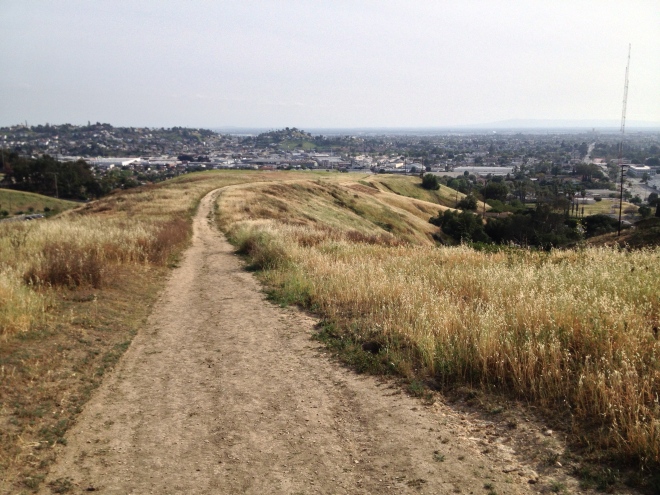 My head is filled with the images taken from too many films and the shimmying vegetation reminded me of swaying-grass classics like Onibaba, The Wind Will Carry Us, and especially, Once Upon a Time in Anatolia.
My head is filled with the images taken from too many films and the shimmying vegetation reminded me of swaying-grass classics like Onibaba, The Wind Will Carry Us, and especially, Once Upon a Time in Anatolia.
A small riparian woodland exists along the banks a small stream in which I was surprised to discover fish! It flows south from the Ascot Reservoir and is lined with non-native eucalyptus, evergreen conifers, palms, at least one Peruvian pepper, an interesting, green-branched tree that I don't know the name of, and other species I couldn't identify.
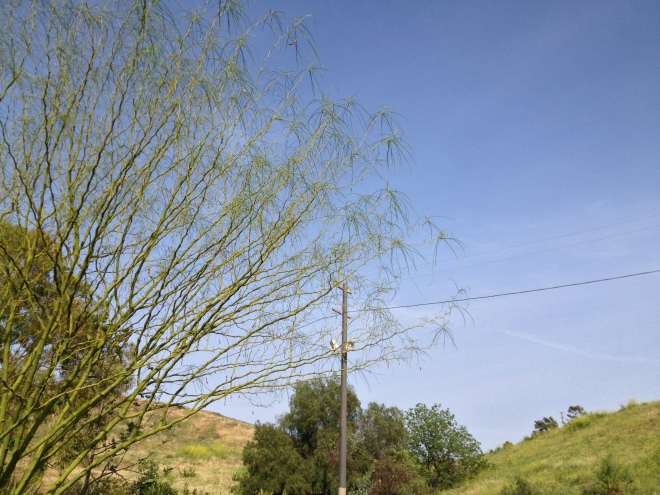
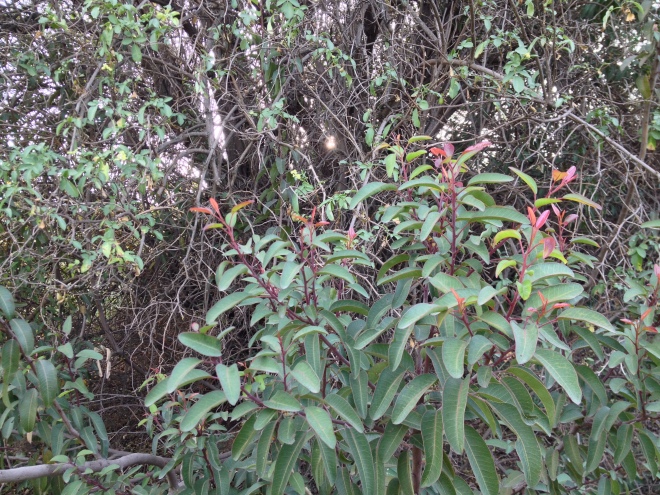 I also spied flowering California bush sunflower, California poppies, Matilija poppies, datura, and monkey flower, among others.
I also spied flowering California bush sunflower, California poppies, Matilija poppies, datura, and monkey flower, among others.
Aside from the wild mustard, invasive non-natives that I recognized included milk thistles growing near the stream, castor beans along the eastern fence, and creeping up the northern face from yards below, a Mediterranean geranium, South African ice plants, and an aloe vera.
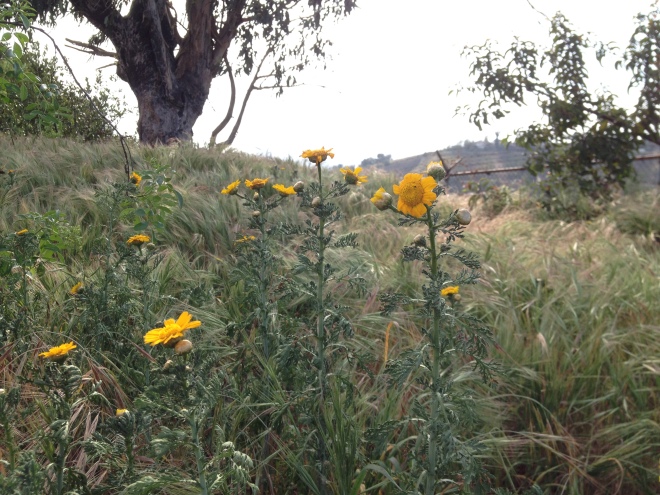 There were obviously a lot more animals around than I managed to see as I could only hear lizards scurrying in the undergrowth, spied uncounted holes probably dug by ground squirrels, and saw all kinds of wild animal dung. There was the expected tagging of rocks, garbage cans, and signs -- the markings of one of life's lower forms.
There were obviously a lot more animals around than I managed to see as I could only hear lizards scurrying in the undergrowth, spied uncounted holes probably dug by ground squirrels, and saw all kinds of wild animal dung. There was the expected tagging of rocks, garbage cans, and signs -- the markings of one of life's lower forms.
I did manage to catch sight of crows and a hawk scuffling midair, loads of house finches, a ladybird beetle, about four rabbits, and a whole lot of white garden snails. There’s been a bobcat sighted in Debs Park but I don’t know of any showing up in Ascot Hills Park… yet! I looked for tracks too, but the ground was pretty hard and the only that I could identify were made by bicycles or athletic shoes.
Although the park's mostly undeveloped state makes is easy to immerse oneself in, there are things reminding you that you’re in a city. Jets can regularly be heard flying overhead and the voice of an unseen child yelling at his parents carried across the valley. They joined the symphony of cawing crows, chirping finches, hammering woodpeckers, and roosters crowing from nearby yards. At one point I could hear a motorist blasting banda and toward the end of our exploration we were treated to an ice cream truck bumping a weird 808 techno gospel version of "Bringing In the Sheaves" on continuous loop.
There are two clusters of radio towers just outside the park. The cluster of three towers to the park's southwest belong to KLAC AM 570 and KFWB 980 and we didn't get very close to them.
To the park's northeast is a cluster of six towers owned by KMPC 1540. Those towers are surrounded by a fence, guarded by two aggressive dogs, and also enclose several small, dilapidated structures which I hoped housed a hermit. However, as we walked down the hill we passed a seemingly normal man speaking Korean on the phone as he approached his van -- so probably not a complete recluse.
If you’d like to get involved with the park, there are several organizations serving it including the Ascot Hills Park Green Team, the Ascot Hills Park Advisory Board, Hermon Church, Los Angeles Recreation and Parks, and North East Trees.
Credit in picking up trash and planting natives also has to be given to high school students at Woodrow Wilson High, members of the office of José Huizar, and members of the nearby communities.
Trails & Open Space: Ascot Hills Park Opens in El Sereno by Zach Behrens
*****
Eric Brightwell is an adventurer, writer, rambler, explorer, cartographer, and guerrilla gardener who is always seeking writing, speaking, traveling, and art opportunities. He is not interested in writing advertorials, clickbait, listicles, or other 21st century variations of spam. Brightwell’s written work has appeared in Amoeblog, diaCRITICS, and KCET Departures. His work has been featured by the American Institute of Architects, the Architecture & Design Museum, the Craft & Folk Art Museum, Form Follows Function, Los Angeles County Store, Skid Row Housing Trust, and 1650 Gallery. Brightwell has been featured in the Los Angeles Times, Huffington Post, Los Angeles Magazine, LAist, Eastsider LA, Boing Boing, Los Angeles, I’m Yours, and on Notebook on Cities and Culture. He has been a guest speaker on KCRW‘s Which Way, LA? and at Emerson College. Art prints of his maps are available from 1650 Gallery and on other products from Cal31. He is currently writing a book about Los Angeles and you can follow him on Facebook, Instagram, and Twitter.
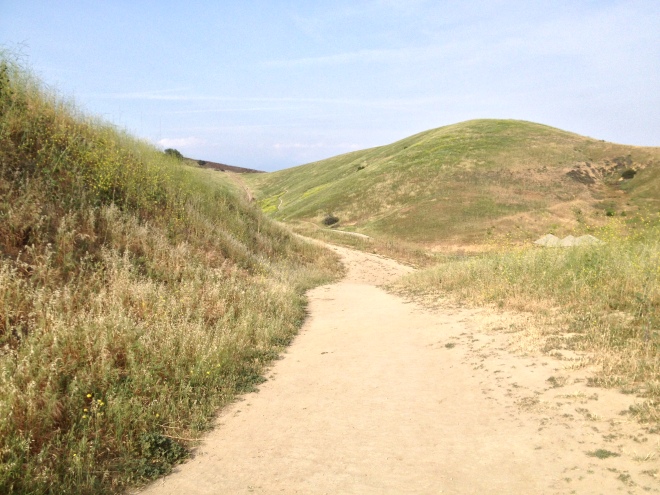


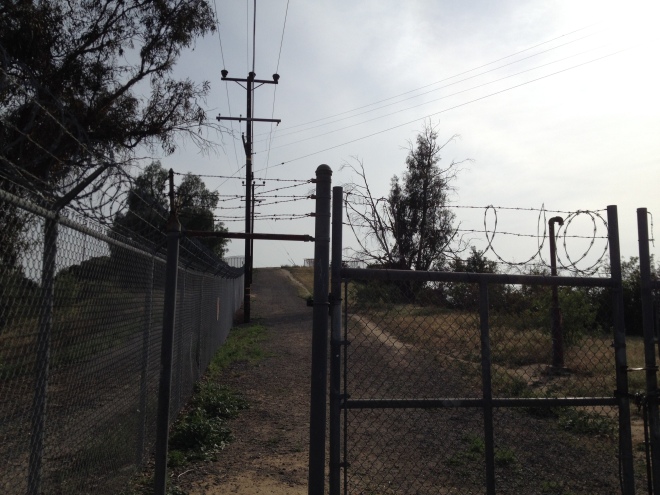
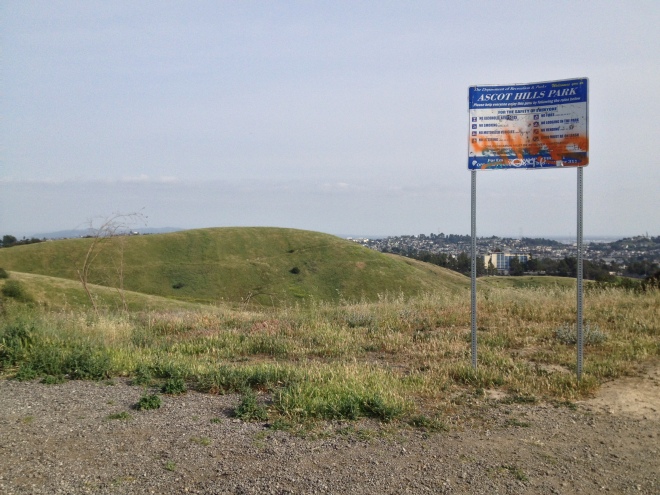
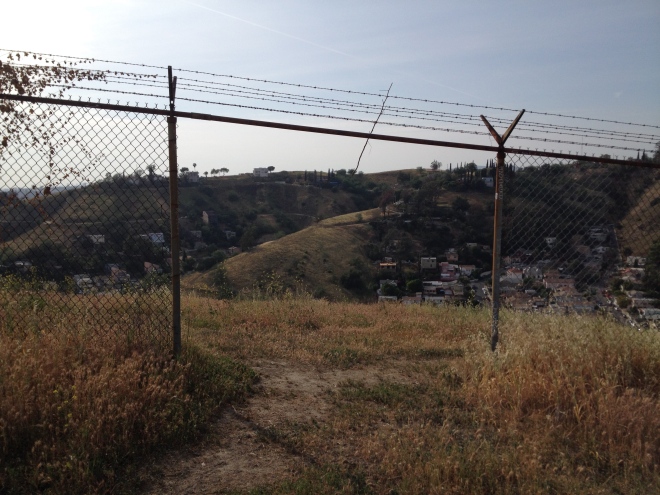
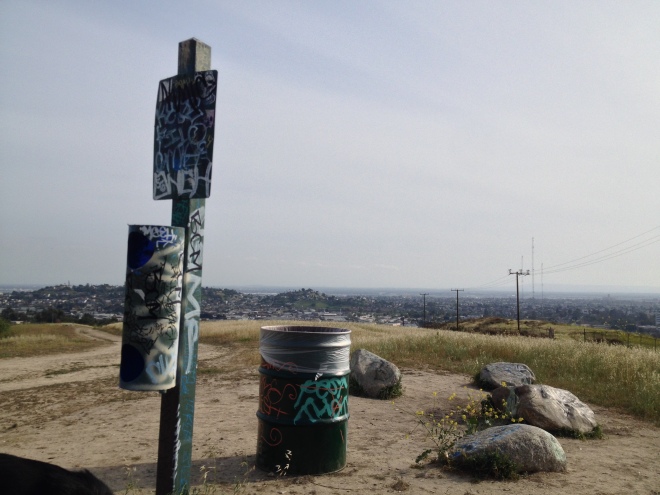
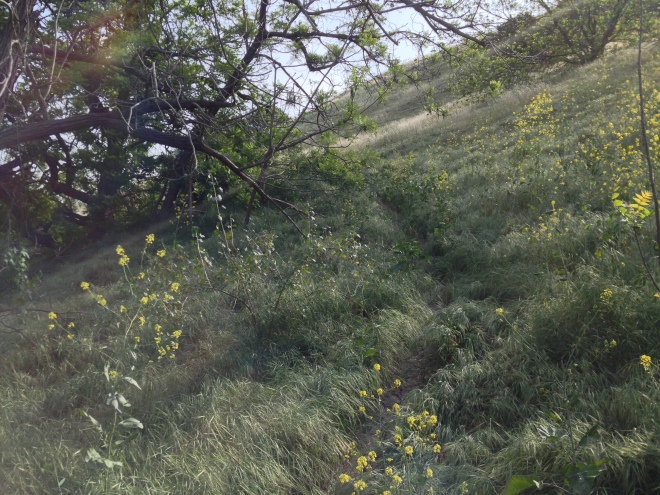
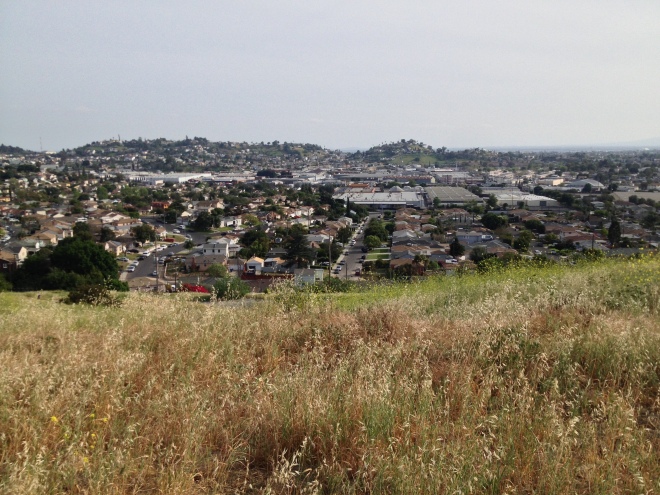

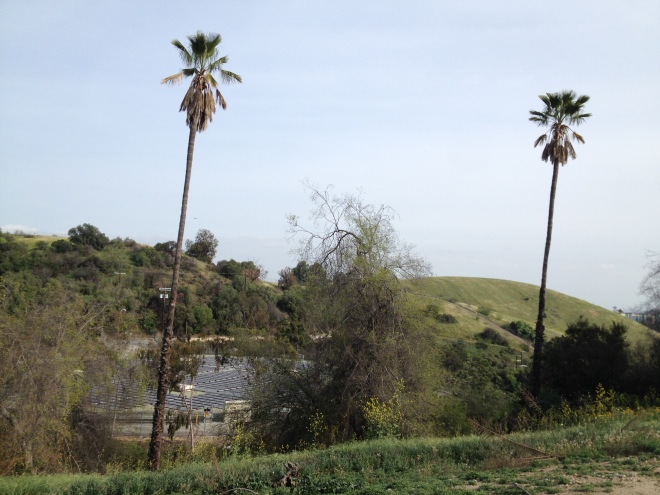
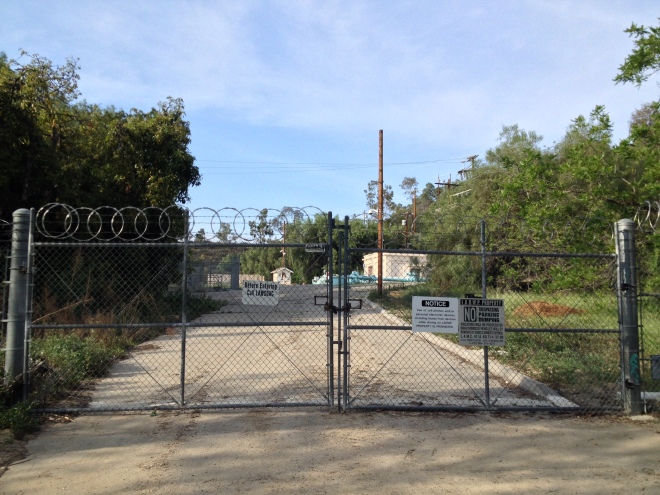
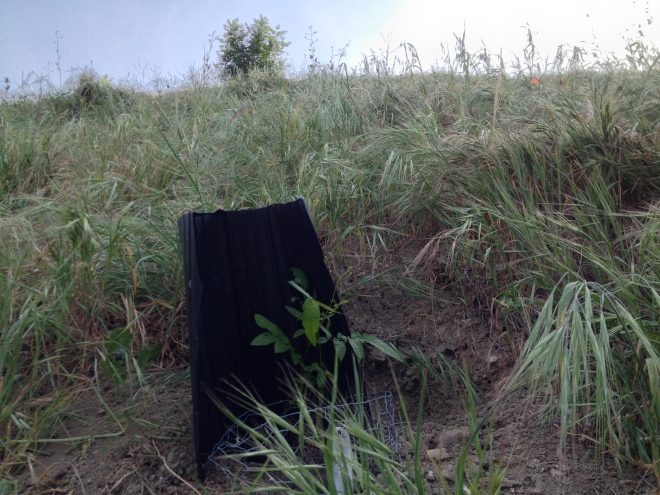
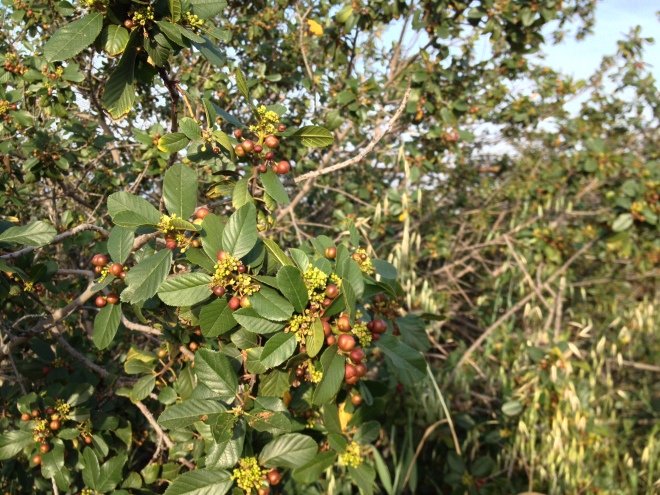


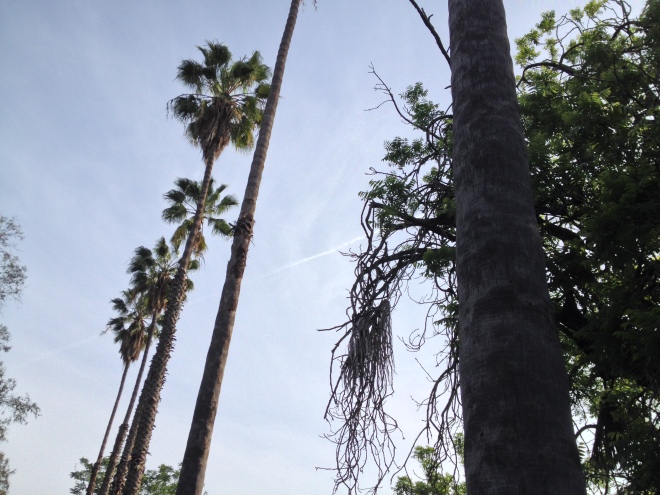
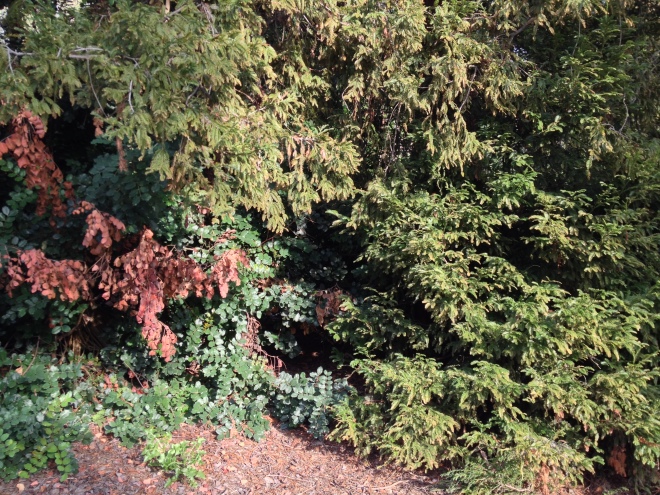

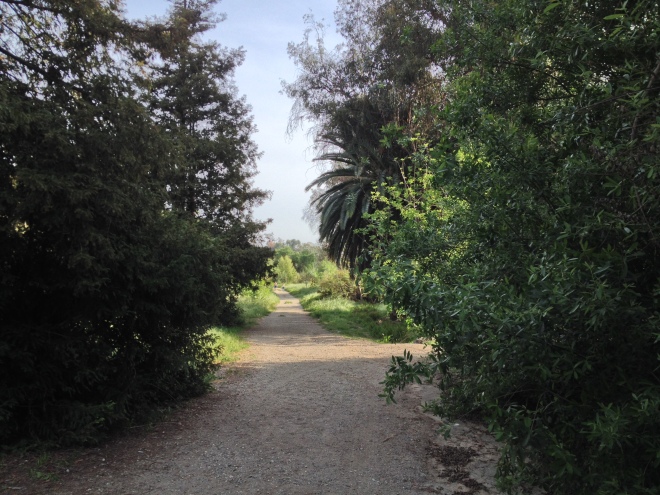


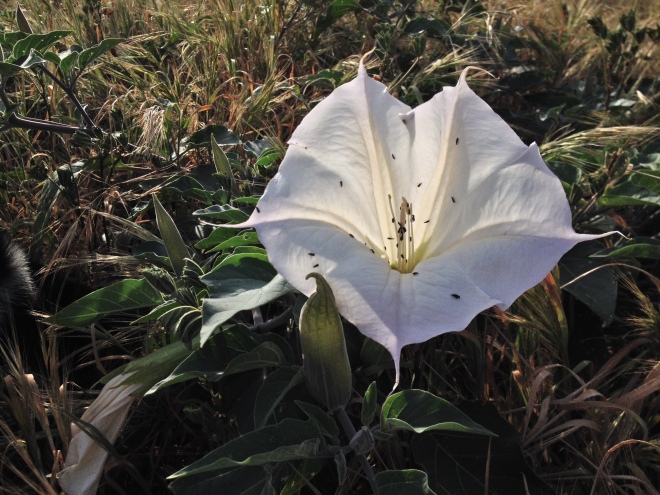

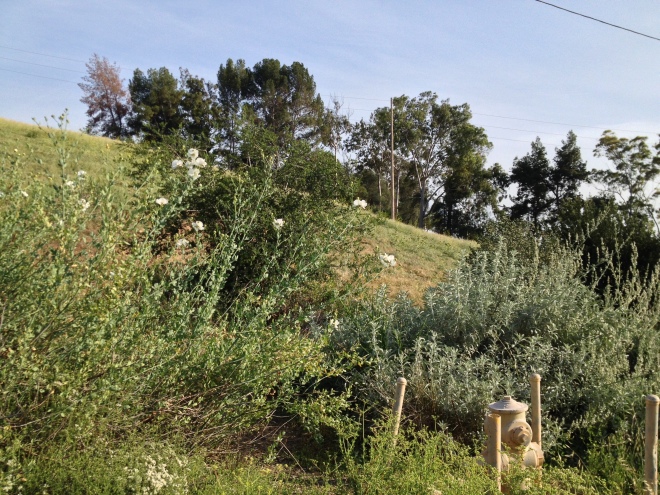
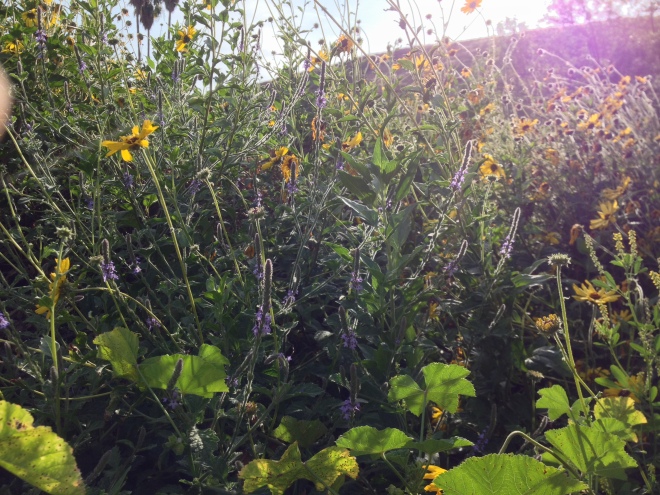
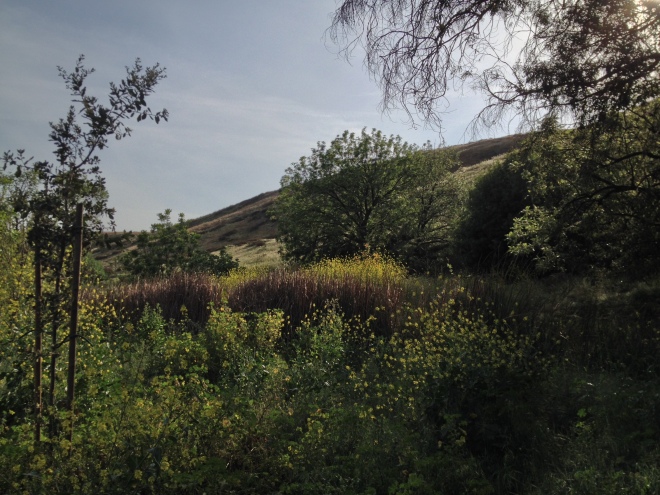
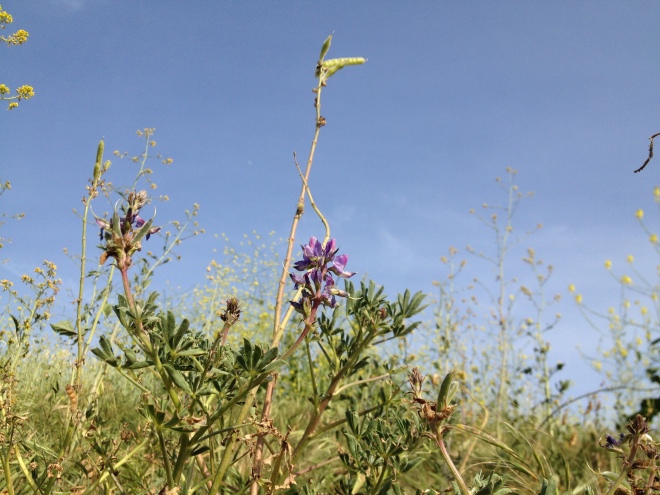
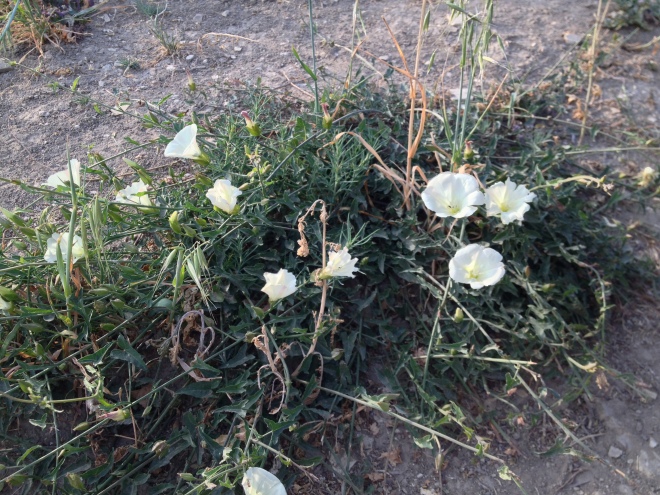
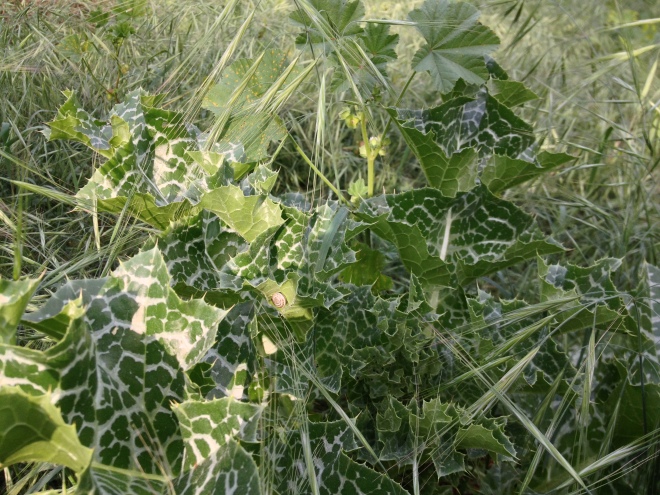
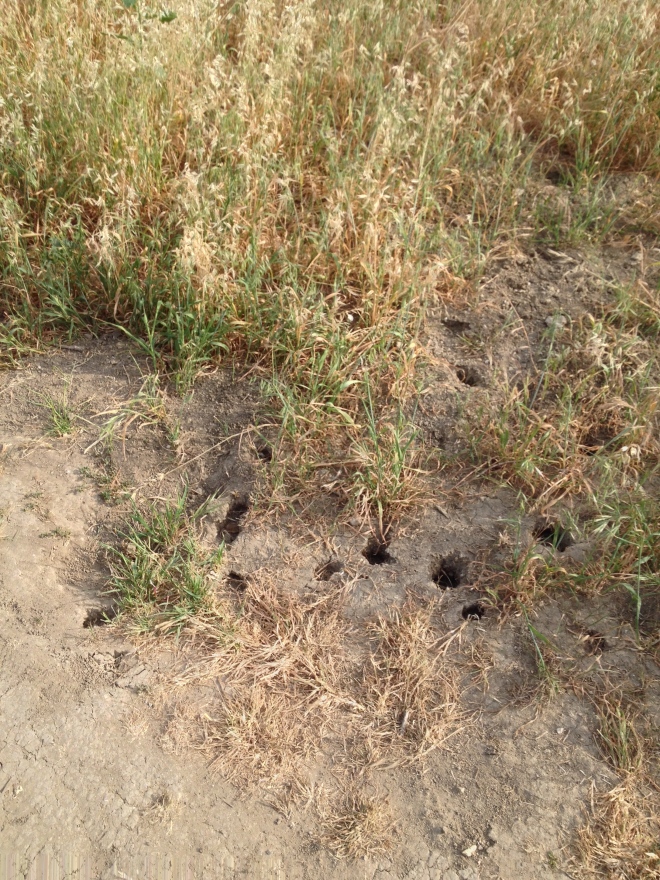
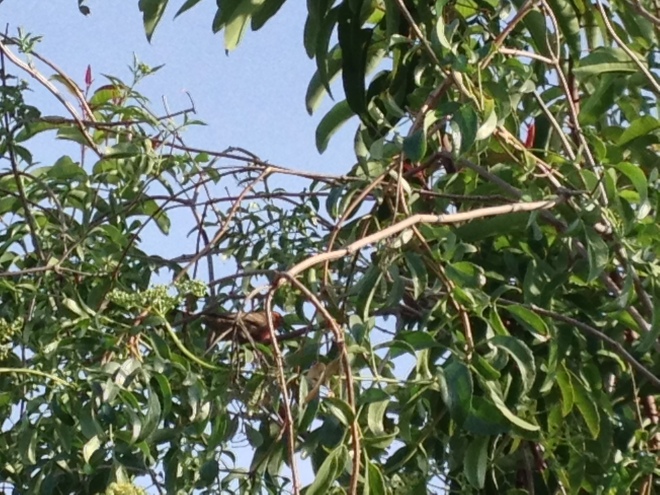
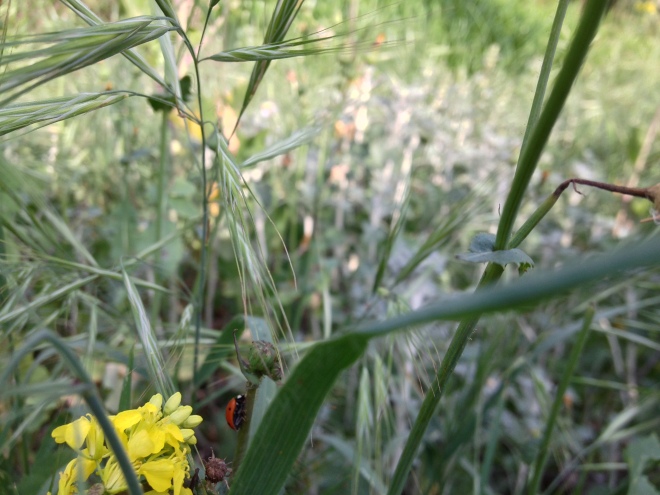
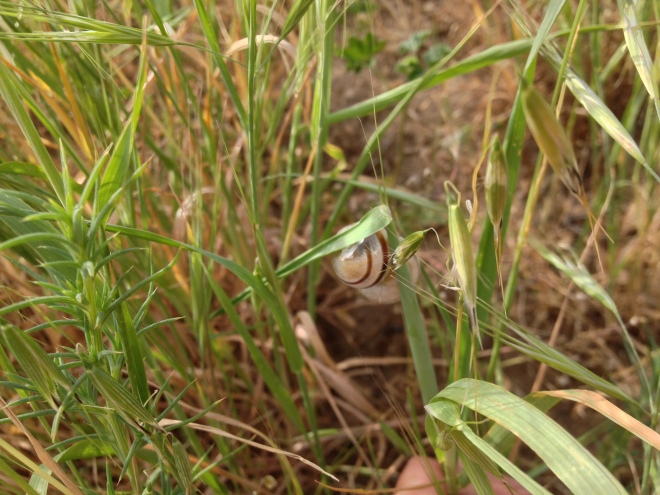
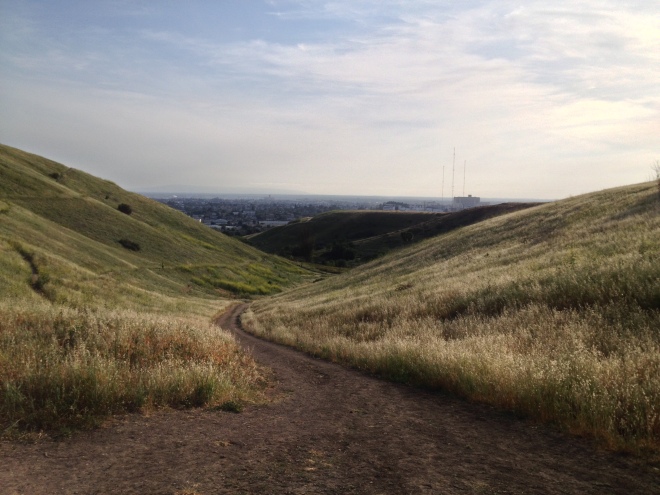

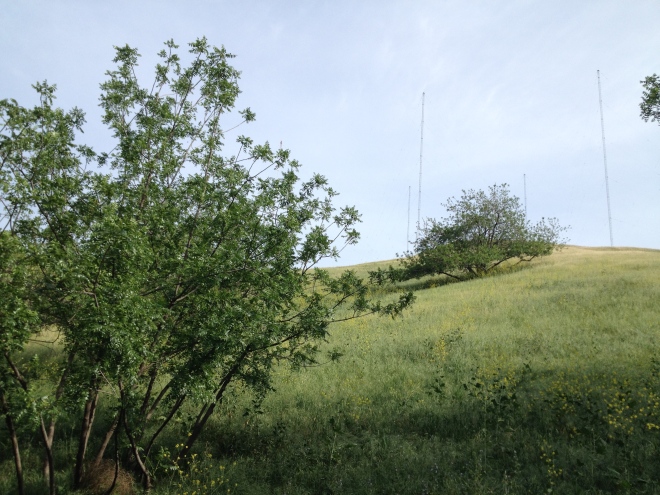


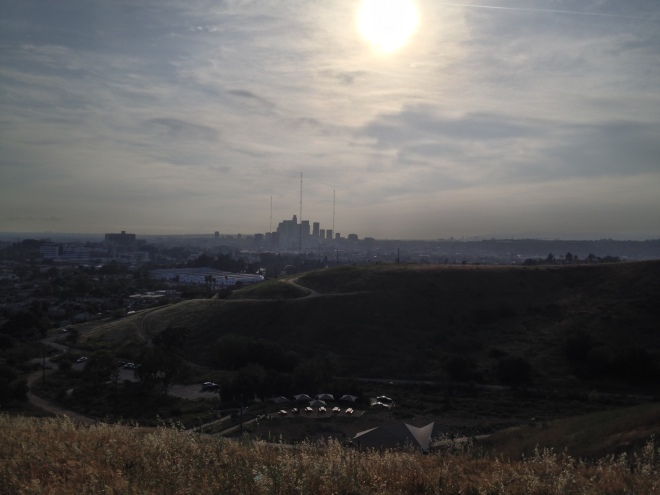

No comments:
Post a Comment